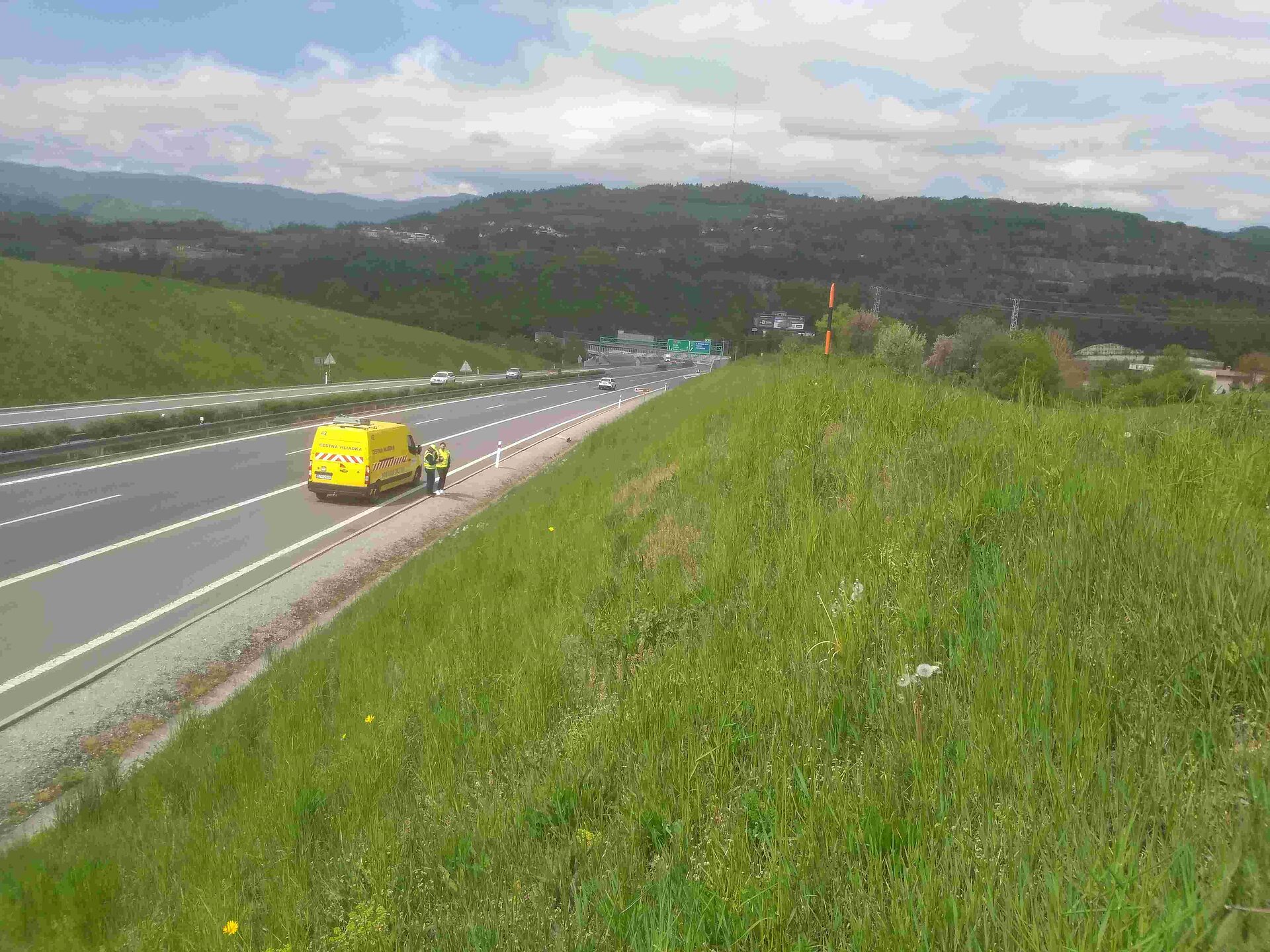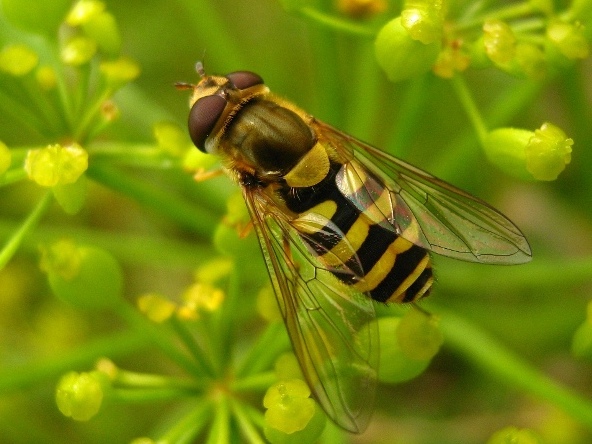Landscape for butterflies and other pollinators
Keywords: land use, protection of biodiversity, pollinators
Subject and objectives of the project
One cause of the ongoing biodiversity crisis is the inadequate connectivity of biotopes, particularly in agricultural landscapes. The project partners plan to counteract this by creating a mosaic of landscape structures – with a focus on butterflies and pollinating insects as particularly sensitive animal species – that reconnects the populations of two butterfly species in order to optimize connectivity for other animal species. As part of the project, various best practice examples are to be implemented in the target regions, aimed at different interest groups (mainly farms in the Podpolanie and Novohrad regions and other regions of Slovakia, but also operators of “linear infrastructure” such as roads and power lines, etc.). The aim is also to raise public awareness of the importance of pollinators and connectivity.
The following exemplary measures are planned:
- Implementation of mosaic mowing by staggered cultivation of small areas on wet grassland,
- Establishment of flower strips for pollinators Cooperation with two municipalities,
- Establishment of fallow strips,
- Establishment of flower strips along highways,
- Monitoring of butterfly populations and selected groups of other pollinators (bees and hoverflies) to monitor success,
- Communication of the project results and accompanying public relations work as well as the development of guidelines for action.
Different methods and seed mixtures are used to implement the measures. The Lake Constance Foundation can draw on many years of experience from successful projects. The project is accompanied by a comprehensive public relations concept.
Innovation and exemplary nature of the project
Such a comprehensive approach to supporting specific representatives of pollinators and the entire group of pollinators has not yet been implemented in Slovakia. The innovation consists of the introduction and testing of new practices and forms of management as well as the creation of biocorridors in a selected region of the country. An important part of the concept is to test the suitability of the methods and the seeds used, including the evaluation of the results and the development of guidelines for the tried and tested methods.
Concrete specific aspects of innovations:
- Staggered and mosaic mowing
The cooperation between the nature conservation organization (WWF SK) and farms that cultivate permanent grassland is unique in Slovakia. It is based on close cooperation between the WWF-SK (knowledge of suitable sites) and farmers who are testing innovative management measures. The common goal is to improve the condition of wetland habitats and promote populations of endangered butterfly species. - Redesign of grass areas along linear infrastructure
Apart from the ecological benefits (food sources for pollinators), it also has an economic significance – the maintenance costs of appropriately planted flowering slopes are lower – less biomass is produced on such areas compared to fast-growing grasses. In principle, local seed is used, but in individual cases seed from other countries must also be used. One example of this is the rattle pot(Rhinantus sp.), whose populations, like many other species, have declined massively due to intensive arable farming, so that it is currently not possible to collect seeds in the wild. - Creation of flower strips and fallow land for pollinators to connect biotopes
These landscape elements are created together with farmers who are involved in the project. The success of the measures is monitored by means of a monitoring program.
Special aspects of the project
The project contributes to the objectives of the new EU Biodiversity Strategy 2030, in particular Pillar 2 “Restoring nature in the EU”, which includes the following objectives:
- Ensure that the conservation trends and status of all protected habitats and species do not deteriorate by 2030 and that at least 30 % of species and habitats achieve a favorable conservation status or at least show a positive trend.
- Reversing the decline in pollinators,
- Reduce the use of chemical pesticides and the use of high-risk pesticides by 50%,
- Establishment of diverse landscape elements on at least 10% of agricultural land.



Project implementation:
Associated partners:
Locations: Baden-Württemberg in Germany and Slovakia
Funding period: April 2024 to May 2026
Project costs: Total volume: 244,290 euros, funding from DBU: 122,145 euros
DBU-AZ: 39249
Status: 30.04.2024
Cover picture: Štefan Jančo